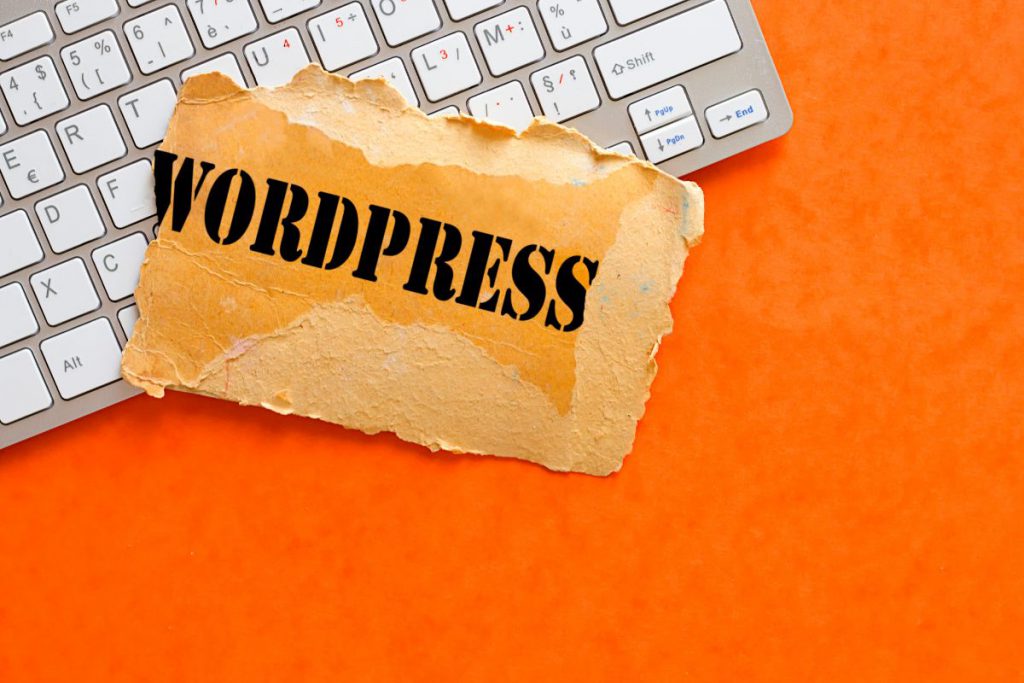Nobody enjoys waiting for a website to load. Nearly everyone favors quicker websites over those that are slow. Users that use WordPress to develop their online businesses intend to keep boost WordPress website speed boost.
Why should users boost WordPress website speed?
A site’s functionality affects the user experience and speaks about the caliber of the business in question. Google recommends that websites load in two seconds or less. Users lose interest if a website takes too long to load, and search engines consider this when ranking commercial websites. With every passing second, the chances of a visitor bouncing off to another site increase before the page loads up.
Here we will see the best possible ways to improve the WordPress website speed optimize.
Before increasing a WordPress site’s performance, it is best to take a step back and assess the current situation. An evaluation gives us a good notion of the approaches we may use to WordPress website speed optimize.
The WordPress website speed can be improved in the following ways.
- A Flexible and Lightweight Theme: Choose a simple theme with the functionality your sites need. High-quality pictures and an effect-packed theme may make the page appear appealing but are expensive. Many such themes are programmed inefficiently, and fancy effects might demand a lot of code. Later on, users can always add more effects in the future using unique plugins or CSS.
- Use Quality Web Hosting: A service that aids in the online publication of websites is web hosting. The performance of a WordPress site is determined by hosting since different packages provide different amounts of bandwidth and resources.
- Uptime: Higher the uptime, higher the reliability of the web hosting partner.
- Server response time: A faster server has a lower server response time.
- Page Speed: A fast web server has a low page speed.
- Using a Good WordPress Caching Plugin: Installing a good caching plugin reduces the workload on the server. A caching plugin creates static HTML versions of web pages, which are saved on the hosting server. It can also automatically delete the cache following any update to keep the WordPress site up-to-date. The caching plugin displays the HTML pages instead of PHP scripts.
Also check WpRepair WordPress developers plans to boost WordPress website speed
- WordPress Database Optimization: As your site grows, it’s important to maintain a lean database by eliminating unnecessary information like spam, unapproved comments, post changes, and deleted posts. Data input and deletion cycles might fragment your database, resulting in distinct portions of your database being stored in various places around the system
- Image Optimization: Images give website content a visual context and aid in attracting visitors. A WordPress site may load more slowly if photos aren’t optimized. The number of server resources a website requires is determined partially by the image formats used. For faster loading, all photos should be under 500KB in size
- Content Delivery Network: A CDN is a network of servers positioned at various locations across the globe known as a Content Delivery Network, enabling a faster global content delivery. With this, content is loaded from the server nearest to the visitor’s location, reducing the volume of outside HTTP requests and improving latency.
- Plugin Updating: The loading WordPress website speed is lowered by having too many plugins. Keep the number of plugins on the website to 10 or less if it is hosted on a shared server. Some hosting services offer an easy way to delete unused and out-of-date plugins. Using the WordPress admin panel, plugins can be removed.
- PHP Updating: Developers utilize PHP, a server-side programming language, to build interactive and dynamic websites. PHP is used in WordPress core files. Annually, a revised feature of this open-source programming language is released. Regular PHP updates enhance the efficiency and security of the website.
- WordPress Updating: WordPress undergoes dynamic changes, adding new features, security patches, bug fixes, and performance improvements every day. Updating WordPress becomes essential to the latest enhancements.
- HTTP Request Optimization: Performance evaluation tools often report problems with HTTP requests. Combining similar files is a fast and easy method to reduce HTTP requests. The website should have a single CSS stylesheet and a single file, including all custom scripts. Select a minifier plugin that facilitates putting comparable files together.
Users can easily optimize the performance while managing a WordPress website by the above-mentioned ideas to give users a quick and enjoyable experience.

